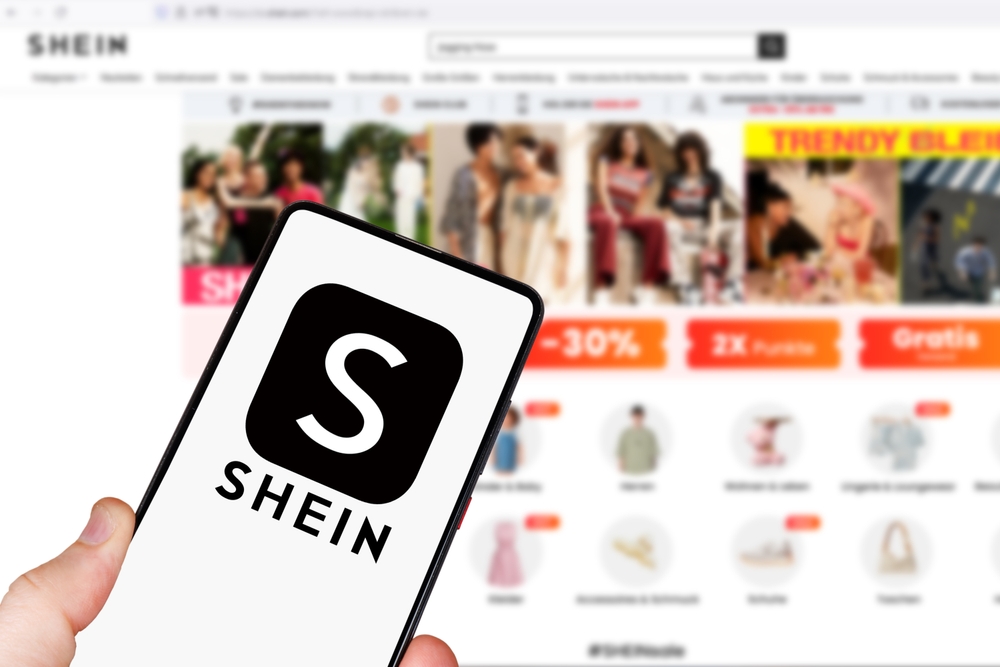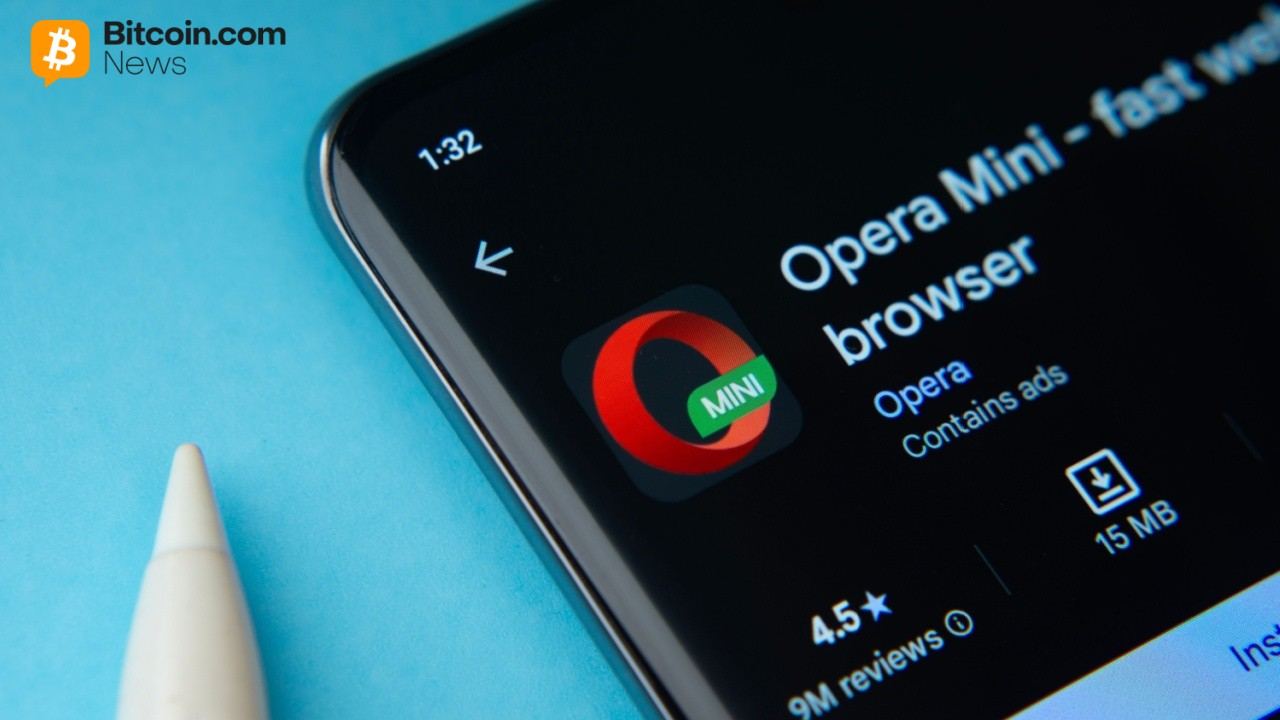Every small carrier says they’re “reliable.” Every one says they’re “family-owned.” And all of them promise they “treat customers like partners.” Those slogans look good on a website, but the truth is they don’t move the needle when you’re one of nearly 580,000 active U.S. carriers — and more than 91% of them run 10 trucks or less.
That’s the pool you’re swimming in. And in that pool, slogans don’t make you stand out. Differentiators do.
Shippers and brokers don’t choose carriers because they’re dependable — that’s the baseline expectation. They choose carriers who bring something extra to the table, something tangible that solves their pain points. If you want to move beyond surviving on the load boards, you need to stop selling fluff and start selling what actually matters.
Here are the five example differentiators every small carrier should think about building into their business — the ones that actually win freight.
“Where’s my load?” is the question every shipper hates asking. If you can answer it before they even pick up the phone, you’ve already separated yourself from half the market.
This isn’t just ELD pings. True visibility means:
Geofencing alerts when a truck leaves, when it’s 50 miles out, and when it arrives.
A shipper portal where they can see progress without bugging you.
Proactive updates when a delay happens — not excuses after the fact.
Why it matters:
Shippers are accountable to their customers too. If you can keep them in the loop automatically, you’re not just moving freight — you’re reducing their stress.
How to start:
Many ELD providers already offer tracking integrations. Platforms like Project44 or Tyve make it easier than ever to give your shippers professional visibility tools.
Pitch it as:
“You’ll never have to call me to ask where your load is. I’ll make sure you know before you need to ask.”
Most carriers want easy dock-to-dock freight. That leaves a big opportunity for those willing to take the loads others turn down:
Liftgate and tailgate deliveries
Inside deliveries (white glove)
Tight urban deliveries
Residential or small business drops
Why it matters:
Shippers always have “problem freight” — the kind that keeps getting rejected because it’s inconvenient. The carrier who solves it becomes indispensable. Think of the low volume lanes that big shippers end up having to see on the spot market.
Example:
A small fleet running liftgates and trained on inside deliveries can dominate a niche in retail or healthcare distribution. That’s the type of capacity brokers beg for.
Pitch it as:
“We specialize in the loads most carriers walk away from. That’s where we create value.”
Multi-stop loads make most drivers groan. More stops mean more potential headaches. But for shippers, consolidation saves big money — and if you can do it well, you’ll stand out.
Why it matters:
A shipper who can put five stops on one truck instead of hiring five separate carriers saves thousands. If you’re the carrier who can handle that complexity without delays or missed appointments, you’re a long-term partner, not a one-off vendor.
How to start:
Use routing software to sequence stops efficiently.
Train drivers on how to check bills and load/unload in order.
Set SOPs so everyone knows how to document proof of delivery across multiple locations.
Pitch it as:
“We’ve got systems in place to run multi-stop freight smoothly. No missed signatures, no lost time.”
Plenty of small carriers think compliance is just paperwork. But shippers see it differently. A clean compliance record lowers their risk. A poor record puts their freight and reputation at risk.
Why it matters:
Insurance companies, brokers, and direct shippers all watch CSA scores. A strong safety culture isn’t just about avoiding fines — it’s a selling point.
How to start:
Track your CSA scores and promote them.
Train drivers on pre-trip inspections and safety procedures.
Show prospects your safety files during a pitch.
Pitch it as:
“Working with us lowers your risk. Our inspection history proves it.”
This one sets you apart fast. Most carriers “try their best” to deliver on time. Few make a clear commitment. If you can build an expedited service guarantee into your model, you instantly rise above the pack.
Examples of service commitments:
Loads tendered by 3 PM within 400 miles deliver next day, guaranteed.
Emergency weekend coverage for urgent freight.
Recovery service for failed loads when another carrier drops the ball.
Why it matters:
Shippers live in a just-in-time world. If you’re the carrier who can step in and guarantee speed and reliability on short notice, you’re worth a premium.
How to start:
Define a service radius you can reliably cover.
Put your policy in writing and share it with your customers.
Price expedited service properly — urgency is valuable.
Pitch it as:
“Anything tendered before 3 PM within 400 miles — you’ll have it next day, guaranteed.”
“Family owned.” “Dependable.” “Trusted.” All of that is fine for branding, but it doesn’t solve a shipper’s problem. The only way to stand out in a market flooded with small carriers is to prove you can do what others won’t or can’t.
Differentiators aren’t just features — they’re problem solvers. And in this market, solving problems is how you get out of the load board cycle and onto preferred shipper lists.
Q: Won’t offering these services cost me more in time and money?
A: Yes — and that’s the point. Differentiators aren’t free. But they create margin. Tailgate service, expedited delivery, and multi-stop efficiency all justify higher rates. They turn you from a commodity into a premium option.
Q: What if I don’t have the money for tech like visibility platforms?
A: Start small. Most ELD providers offer basic visibility features at no extra cost. You don’t need enterprise-level tools to provide proactive updates.
Q: Do shippers actually care about compliance records?
A: Absolutely. Safety scores and inspection records are part of every broker and shipper’s carrier selection process. If yours are strong, highlight them.
Q: How do I know which differentiator to start with?
A: Look at your existing freight. Look at loads that you have already ran that may have stretched you a little outside of your comfort zone. Start where demand is already visible.
The trucking industry is crowded, and most small carriers blend together. The ones who break out aren’t the ones with shinier slogans — they’re the ones with five clear differentiators that shippers value.
Real-time visibility. Specialized service. Multi-stop efficiency. Safety and compliance as a value-add. Expedited delivery guarantees.
If you can check those boxes, you’re not “just another truck.” You’re the carrier shippers call first. And that’s the difference between surviving and scaling.
The post How Small Carriers Can Break Out of the Load Board Cycle With Five Key Differentiator appeared first on FreightWaves.

























